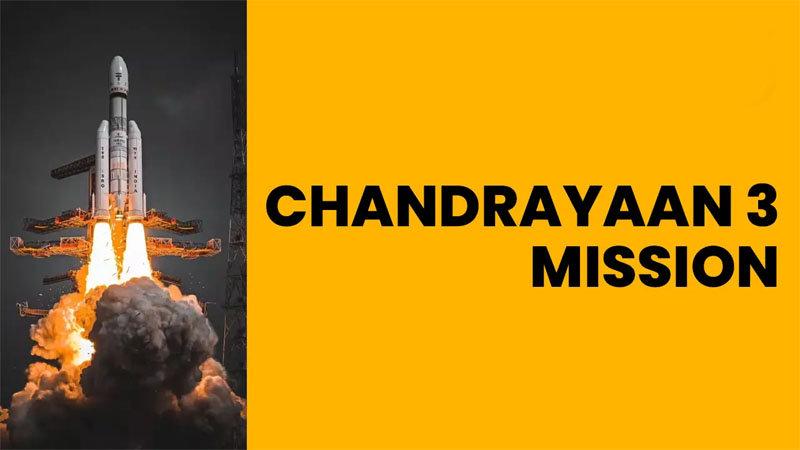NEW DELHI, Oct 8:
Given present trends, countries like the US and China would be fighting it out in the planetary ring and India should keep itself away from any such rat race as the success of the Chandrayaan-3 mission has already demonstrated the capability of the Indian system to pull off such technology intensive projects, says a new book.
In “Chandrayaan-3: India on the Moon”, Ajey Lele, a consultant at the Manohar Parrikar Institute for Defence Studies and Analyses here, offers an overview of the Chandrayaan-3 mission and covers the evolution of India’s moon programme. It also traces India’s journey to the moon, starting from its inception during the early 2000s.
The author says the success of Chandrayaan-3 mission is good for India’s commercial space sector, and it demonstrates the capability of the Indian system to pull off such technology intensive projects, adding all this is expected to attract more investments to the space sector.
“From an economic perspective, space is emerging as a promising sector for the future and it could be said that India’s space programme has blossomed timely. India’s Chandrayaan-3 is important from a scientific, technological and commercial point of view. India comes from a grouping of developing countries which are known to be part of the Global South,” he writes in the book, published by Rupa.
The geopolitical implications of this success could be viewed as India getting a ‘soft power’ prestige, he says.
Lele then goes on to ask: Is India a part of the so-called ‘moon race’?
“There is no reason for India to get into this ‘race’. Just because some States are trying to reach the moon roughly around the same period, it should not be perceived as India trying to win a race. It is important to realise that the competition in space was a defining part of the Cold War era’s power politics,” he seeks to answer.
According to the author, today, every country is planning its space programmes based on its technological and financial capabilities.
“It is well understood that States are going to the Moon for planetary resources. But at the same time, States understand that going solo is not a practical option and that’s why ideas like the Artemis Program are put in place. Even China and Russia are keen to establish something like a Moon corridor.
“Today, moon-faring States have different levels of expertise; some are just beginners while some have much-developed programmes. To say that a State like India aspiring to put a spacecraft into lunar orbit is in a race with another that has already undertaken a successful Moon sample return mission is deceptive,” he argues.
Lele writes that given the present trends, “mostly it would be the US and China who would be fighting it out in the planetary ring”.
He, however, suggests that countries like India should “keep themselves away from any such rat race”.
“The success of Chandrayaan-3 tells us about the capabilities of ISRO and what they can achieve in future. Also, ISRO has good relations with all major spacefaring States and should think towards planning joint collaborations. Now, time has come for India to clearly enunciate its Moon agenda and plan her future course of action,” he writes. (PTI)
Home NEWS Book offers overview of Chandrayaan-3 mission, chronicles evolution of India’s moon programme...







